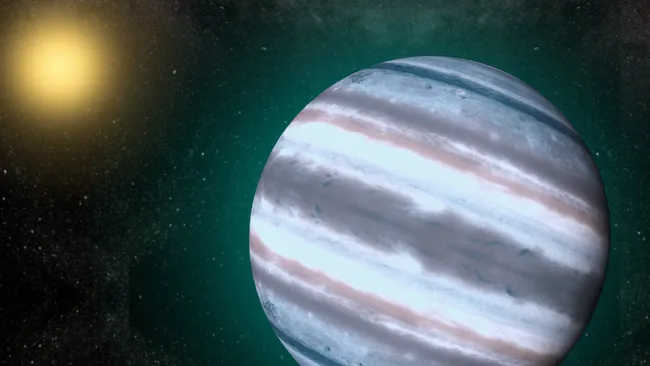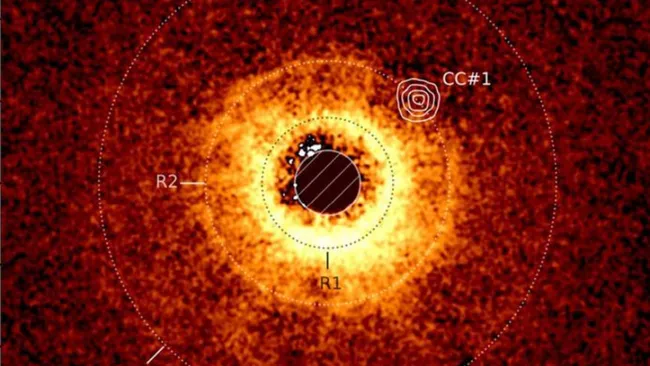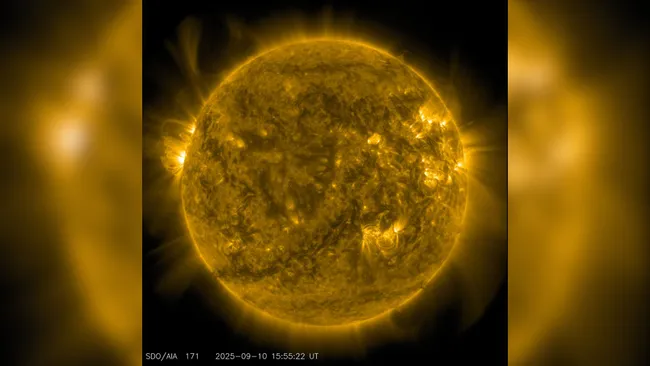Scientists have detected methane gas on the dwarf planet Makemake, proving that this distant body is more than an inert icy rock. The finding suggests Makemake is a dynamic icy world with evolving activity.
The discovery was made by a team led by the Southwest Research Institute (SwRI) using NASA’s James Webb Space Telescope (JWST).
Makemake is one of the largest and brightest trans-Neptunian objects beyond Neptune. It is now the second such object, after Pluto, confirmed to have methane gas.
“The Webb telescope has now revealed that methane is also present in the gas phase above the surface, a finding that makes Makemake even more fascinating,” said SwRI’s Silvia Protopapa, lead author of the paper soon to be published in The Astrophysical Journal Letters.
“It shows that Makemake is not an inactive remnant of the outer solar system, but a dynamic body where methane ice is still evolving,” she added.
Makemake spans about 890 miles (1,430 kilometers) in diameter, making it two-thirds the size of Pluto. JWST detected methane by identifying its distinct spectral signature as sunlight re-emitted by methane molecules.
According to the study, the presence of methane gas may be due to a tenuous atmosphere, transient comet-like activity from sublimating volatiles, or cryovolcanic plumes.
This landmark finding adds Makemake to the growing list of dynamic icy bodies in the outer solar system, further reshaping scientists’ understanding of distant dwarf planets.







